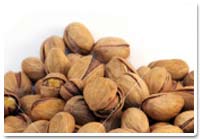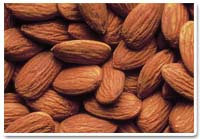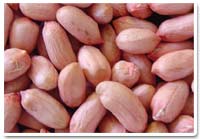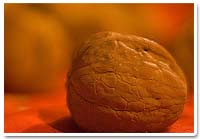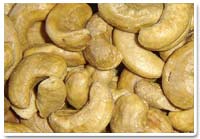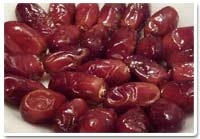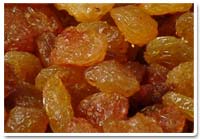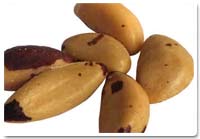Apricot
Definition
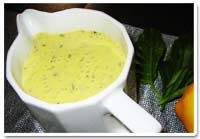
Their flavor is almost musky, with a faint tartness that is more pronounced when the fruit is dried. Some people think of the flavor as being somewhere between a peach and a plum, fruits to which they’re closely related.
The fruit can be consumed fresh, dried, frozen, or processed as canned product, as juice, or as baby food (pureed). It is similar to the peach in shape but with little to no hairiness when ripe. Apricots are cultivated generally throughout the temperate regions of the world and used fresh, cooked in pastries, or preserved by canning or drying.
A Brief Historical Background

Today Turkey, Italy, Russia, Spain, Greece, U.S.A. and France are the leading producers of apricots. In India, apricots are found in abundance in Himachal Pradesh, Kashmir, Kullu and Shimla.
Health Benefits
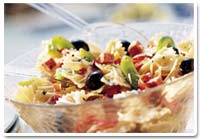
- Phytochemicals called Carotenoids; Antioxidant Lycopene – Apricots are high on beta-carotene and lycopene activity which makes them good for the heart. Both beta-carotene and lycopene protect LDL cholesterol from oxidation, thus help in the prevention of heart disease.
- Vitamin A – Apricots contain Vitamin-A that enhances or promotes good vision. Vitamin A, a powerful antioxidant, quenches free radical damage to cells and tissues. Free radical damage can injure the eyes’ lenses.
- Dietary Fiber – Apricots are a good source of fiber, which prevents constipation and promotes healthy digestive conditions such as diverticulosis.
- Potassium
- Iron – Dried apricots are an excellent source of iron. Thus enhances the production of hemoglobin in the body
Apricot Juice
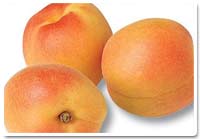
Apricot Oil
World over people use massage therapy to help promote healthy skin, nourish and strengthen the body, relieve stress, reduce pain, and encourage balance and well being. Apricot kernel oil massage opens and increases the flow of energy, balancing the entire nervous system and helping to release physical and emotional disharmony.
Sought out for its high vitamin E content and skin softening properties, apricot kernel oil is known for its ability to penetrate the skin without leaving an oily feel. Apricot kernel oil is also popular as massage oil and it used as carrier oil when used with essential oils for aromatherapy.
How to Select and Store
Uses Of Apricot
Apricot are a good source of fiber, which has a wealth of benefits including preventing constipation and digestive conditions such as diverticulosis
- Apricot are a good source of fiber, which has a wealth of benefits including preventing constipation and digestive conditions such as diverticulosis
- Apricot Kernels oil is used for food purposes and in cosmetic and pharmaceutical preparations
- Apricot also use in medicine for different ailments
- Apricot is advised to persons suffering from fever as it has cooling effect
- Apricot is also useful as laxative
- Apricot juice is very refreshing.
Apricot Recipes
1. Fresh Apricot Pies
Ingredients
- 2 tbsp lemon juice
- 10 cups sliced fresh apricots (4 LB)
- 2 cups sugar
- 1/4 cup quick-cooking tapioca
- 1/2 tsp cinnamon
- Double crust pastry for 9-inch pie(s)
- 2 tbsp butter
- Cream or beaten egg
Method
1. Sprinkle lemon juice over apricots
2. Blend in sugar, tapioca, and cinnamon; mix lightly
3. Let stand 15 minutes
To Bake Fresh Apricot Pie
4. Pour half of apricot filling into unbaked 9-inch pie shell; dot with 1 tbsp butter
5. Add top pastry; flute edge of crust
6. Brush top pastry with beaten egg
7. Bake at 425°F 40 minutes or until fruit in center of pie is cooked
To Freeze Extra Pie Filling
8. Place half of filling in large freezer bag; dot with 1 tbsp butter
9. Squeeze out air and seal
10. Place in 9-inch pie pan; shape to fit pan and freeze
11. Once frozen, remove pan
To Bake Frozen Pie Filling
12. Unwrap and place frozen filling in unbaked 9-inch pie shell
13. Add top pastry; flute edge of crust
14. Bake at 425°F 60 to 70 minutes.
2. Apricot Pasta Salad
Ingredients
- 4 oz fusilli (corkscrew) pasta
- 6 fresh apricots (3/4 LB), cut into quarters
- 1 whole chicken breast, cooked and shredded
- 2 small zucchini (1/2 LB), julienned
- 1 red bell pepper, julienned
- 1 tbsp chopped fresh basil or 2 tsp dried
- Apricot Basil Dressing (follows)
Method
1. Cook pasta as package directs; drain and let cool
2. Combine pasta, apricots, chicken, zucchini, red pepper, and basil in bowl
3. Toss with dressing
Makes 4 servings
Apricot Basil Dressing
1. Combine 2 fresh, ripe apricots (pitted), 2 tbsp white wine vinegar and 1 tbsp sugar in blender; whirl until blended
2. With blender running, slowly add 1/4 cup vegetable oil until thick and smooth
3. Stir in 1 tbsp chopped fresh basil or 1 tsp dried basil.






